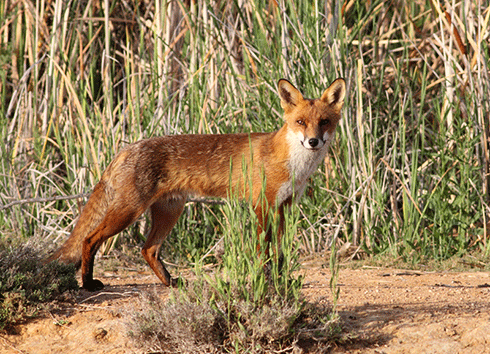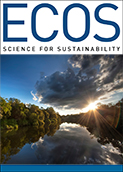
|
Published: 2 December 2014
Probability and pest eradication: it may not be over when it’s ‘over’
Australian scientists have developed a mathematical model that minimises the risk of pests and weeds bouncing back after ‘eradication’, ensuring native wildlife and plants are properly protected from invasive pests such as foxes, feral cats, cane toads and weeds.

|
|
A European fox at Lake Cargelligo, NSW, Australia. Credit:
Flickr/Harley Kingston CC BY 2.0
|
Developed by scientists at the ARC Centre of Excellence for Environmental Decisions (CEED), the model also aims to ensure scarce public conservation funds are better spent, as governments and environmental managers can better target eradication measures, says Professor Michael McCarthy from CEED and The University of Melbourne (UniMelb).
According to Prof McCarthy, many eradication programs often fail because the eradication program is prematurely wound up.
For example, the program to eradicate bitterweed – a daisy that poisons livestock and competes with native plants – was halted four years after the weed had seemingly disappeared. Many years later, a small infestation of the weed was discovered at the original site.
This shows how invasive species may still be around, in hiding, even if they haven’t been seen for years, says Prof. McCarthy. ‘On the other hand, we have limited conservation funds, and it’s difficult to justify continuing an eradication program if the species hasn’t been found.
‘Till now, there hasn’t been a good way to quantify how certain we are that the invader is wiped out, or to determine the costs, benefits, and risks of continuing or halting an eradication program.’
The CEED team used data from an eradication program that targets foxes on Phillip Island, Victoria. These feral animals threaten much of the island’s wildlife as well as its tourism industry, and are the main predators of the island’s little penguins, which have been reduced from ten colonies to one by foxes.
‘Since 1980, environmental managers have searched, hunted, baited, and trapped these foxes across most of the island,’ says Prof McCarthy. ‘This campaign seems to be working, with the number of foxes detected having decreased substantially in recent years.
‘The managers at the Phillip Island Nature Parks expect to stop detecting foxes in the near future, and they want to work out how long they should continue the eradication program after foxes are no longer detected.’
In the model, the researchers included the amount of time, effort, and money spent on the program, as well as the estimated number of foxes seen and killed.
After predicting the number of remaining foxes on the island, they found that it will take six years of continued management to be 90 per cent certain that these animals have been eradicated, and nine years of continued management to be 95 per cent certain.
While it’s very unlikely we will ever be 100 per cent certain that an invasive species has been eradicated, the penalty for mistakenly assuming success can be high, Prof McCarthy warns.
‘Using the Phillip Island eradication program as an example, ending the program prematurely could jeopardise decades of effort and millions of dollars that were put into it. A return of the foxes can also further damage the tourism industry in the island, where 500,000 tourists visit each year to watch the penguins.’
Source: CEED



